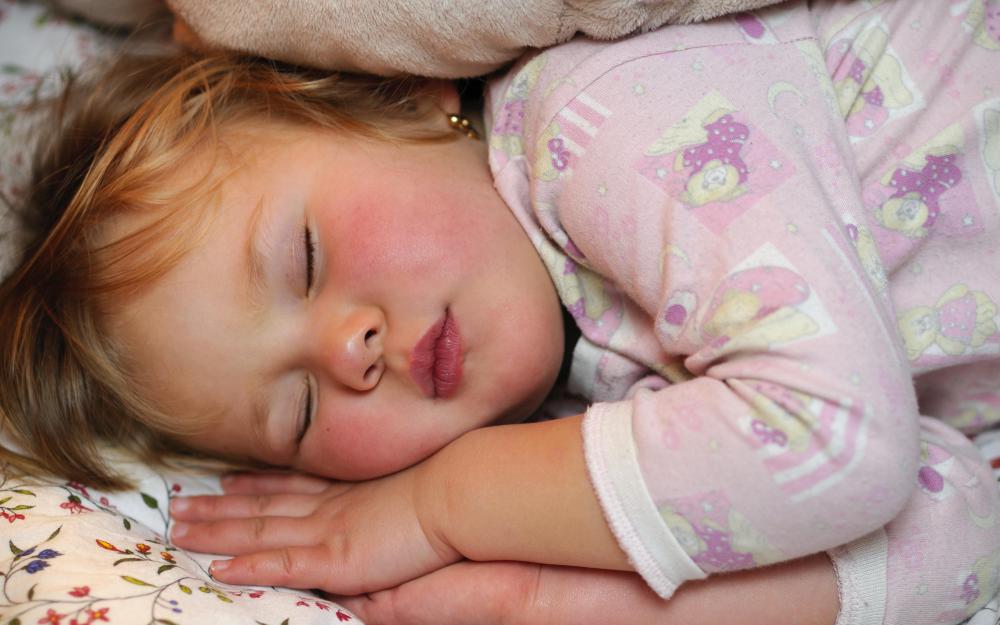At WiseGEEK, we're committed to delivering accurate, trustworthy information. Our expert-authored content is rigorously fact-checked and sourced from credible authorities. Discover how we uphold the highest standards in providing you with reliable knowledge.
What is Benign Childhood Epilepsy?
Epilepsy is a disorder of the brain where abnormal bursts of electrical activity occur, causing what are known as seizures, or fits. Seizures can lead to a range of symptoms, from a brief change in consciousness to twitching and jerking of the whole body. Benign childhood epilepsy is diagnosed when a child has experienced at least two seizures, and the term benign is used because the outlook is generally favorable. Children usually grow out of the condition, so the effects of epilepsy do not persist throughout life. The most common form of benign childhood epilepsy is known as Rolandic epilepsy.
In Rolandic epilepsy, what are called partial seizures occur, because the abnormal electrical activity only affects part of the brain. This disease is what is known as an idiopathic epilepsy, which means that, as yet, there is no known cause. The onset of the epilepsy and seizures can occur any time after the age of three up to the age of ten. As well as causing seizures during the day, the disease may cause a nocturnal epilepsy, with seizures occurring while the child is asleep and frequently during the process of awakening in the morning.

Typically, in the Rolandic disease, an episode of partial epilepsy will start at one side of the face, causing twitching and salivating. The child may not be able to speak normally, and the seizure might spread on the same side of the body to involve jerky movements of the arm or leg. Sometimes the child becomes unconscious, and the movements affect the body on both sides in a form of generalized epilepsy. This commonly occurs during sleep.

An electroencephalogram, or EEG, is often used to diagnose benign childhood epilepsy, as it can produce an image of the area affected by unusual electrical activity. Usually, treatment is not given for benign childhood epilepsy until at least two seizures have taken place. Then the condition may be controlled with medication. Treatment may be phased out later, following a period of two years without any seizures.

In some cases, no treatment is given. This could occur if the benign childhood epilepsy only causes fits while the child is asleep. Usually, the condition causes children no adverse effects, especially as they experience less potential risks than adults, who could suffer from the adverse consequences of epilepsy and driving, for example. Performance at school is not generally affected, and in practically all cases the condition resolves before adulthood.

Another type of benign childhood epilepsy, Panayiotopoulos syndrome, involves the occipital area of the brain that controls vision. Seizures usually happen at night and involve visual experiences such as seeing colors or lights. The child may experience headaches, vomiting and muscle twitching. Medication is only given if the episodes become frequent. Typically, only a few seizures are experienced and the condition may resolve within a couple of years.
AS FEATURED ON:
AS FEATURED ON:














Discuss this Article
Post your comments